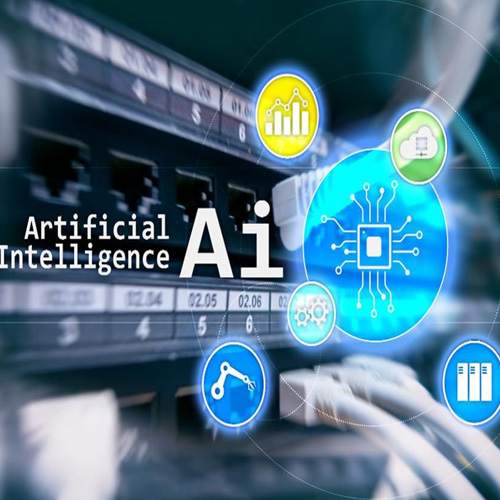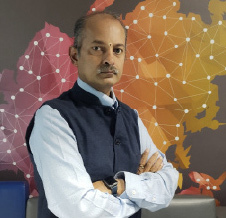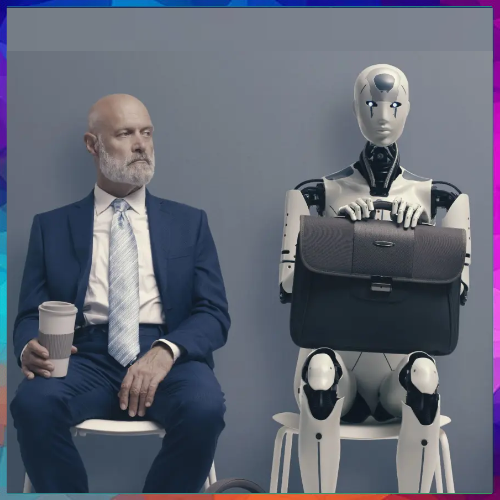
Intel has unveiled the first-generation Neural Compute Stick (NCS) in July of 2017, fueling a community of tens of thousands of developers to create solutions that have the capability to solve some of the world’s most challenging problems. Here are some instances where Intel AI has been used with success.
Analyzing Deforestation and Urbanization using Intel AI technologies
According to the World Bank, between 1990 and 2016, the world lost 502,000 square miles of forest, an area larger than South Africa. To help combat this challenge for future generations, Rose Day developed a unique approach to classify images of the earth’s surface taken by satellite and labeled by location, plants grown, and deforested areas. Rose used Intel-optimized TensorFlow for image classification, the Intel Distribution of OpenVINO toolkit to optimize her model, and Intel Movidius Neural Compute Stick (NCS) to conduct real-time monitoring of the earth’s surface. Collecting this data shows the significant impact of human behavior on plant life over time, including changes in the types of plants that grow, deforestation effects, and how plant life is forced to adapt. In addition, Rose is the winner of the Intel AI Interplanetary challenge that tasked students with applying AI to space-related problems.
Identification of Pathological Disease in Plants using the Intel Distribution of the OpenVINO Toolkit for Computer Vision
At a time where over 821 million people are undernourished, the Food and Agriculture Organization estimates that nearly 20 percent of fruit and vegetable supply is lost during production. To improve crop harvest rates, Risab Biswas developed a computer vision application to help farmers more easily detect pathological disease in their plants. Using Intel’s distribution of the OpenVINO toolkit and Intel RealSense cameras, his methodology yielded a 95 percent accuracy rate in identifying pathogen attacks in infected plants.
Intel AI Detects Harmful Water Bacteria in Real Time
According to the World Health Organization, every minute a newborn dies from infection caused by a lack of safe water and an unclean environment. To alleviate this, developer Peter Ma built an AI application to detect harmful bacteria in water in real-time, without needing to connect to the cloud. His Clean Water AI prototype is powered by the Intel Movidius Neural Compute Stick and has a 95 percent accuracy rate.
See What’s Next in Tech With the Fast Forward Newsletter
Tweets From @varindiamag
Nothing to see here - yet
When they Tweet, their Tweets will show up here.





























